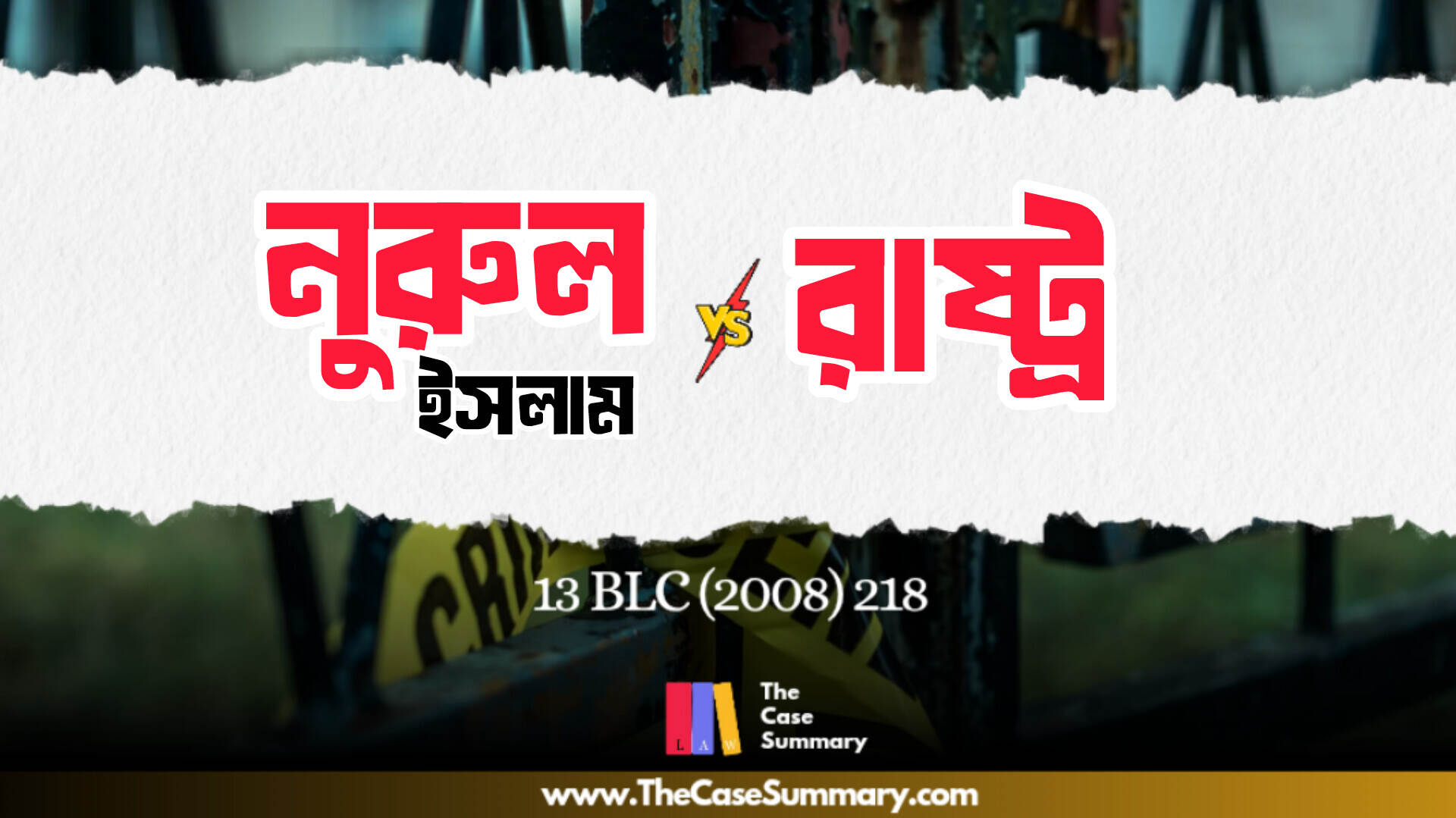Queen-Empress vs Abdullah
Citation : (1885) IL Ru 7ALL385
Jurisdiction : British India (In present India)
Appellant : Queen-Empress (State)
Respondent : Abdullah
Facts :
On the morning of the incident, a prostitute named Dulari was found with grievous injuries, including a completely severed windpipe and gullet, rendering her unable to speak. Despite the severity of her condition, she remained conscious for a period and was taken first to the police station and then to a dispensary for medical care.
A post-mortem examination confirmed a deep, fatal cut to her throat, indicating a violent assault.
At the police station, Dulari was initially questioned by her mother in the presence of a sub-inspector. Due to her inability to speak, subsequent inquiries were conducted using hand gestures. The deputy magistrate and assistant surgeon also attempted to gather information from her, but it was the magistrate who formally recorded her dying declaration through non-verbal communication. Understanding her condition, the magistrate asked Dulari a series of questions, naming individuals one by one to identify the attacker. Dulari used affirmative and negative hand gestures in response. When the name “Abdullah” was mentioned, she gave an affirmative sign, clearly indicating him as her attacker. Further questioning regarding the weapon used also followed a similar pattern. She denied being attacked with a knife or sword, but affirmed when asked if it was a razor. These responses were carefully documented by the magistrate and constituted Dulari’s dying declaration. Despite the lack of verbal testimony, her consistent and conscious non-verbal communication provided crucial evidence in the identification of the assailant and the nature of the weapon used in the crime.
Issues :
1. Whether gestures made in response to questions constitute a “dying declaration” Under Section 32(1) of the Evidence Act.
2. Whether such gestures qualify as “conduct” under Section 8.
Decisions :
Chief Justice W. Comer Petherman analysed whether the movement of the accused’s hand, in response to a question, qualifies as “conduct” under Section 8 of the Indian Evidence Act (IEA). He concluded it does not, stating that for conduct to be relevant under Section 8, it must influence or be influenced by a fact in issue. In this case, the hand movement did not relate directly to the fact in issue that cutting of the victim’s throat but was instead prompted by an external question. Therefore, it could not be considered relevant conduct under Section 8.
However, the Chief Justice also examined whether the hand signals could qualify as a dying declaration under Section 32 of the IEA. He explained that Section 32 allows statements (written or verbal) related to relevant facts to be admissible as dying declarations. He interpreted the term “verbal” broadly and reasoned that even if the deceased merely adopted the Deputy Magistrate’s words by gesture (such as a nod or hand sign), this could still amount to a valid dying declaration. Thus, while the signs were inadmissible under Section 8 as conduct, they were admissible under Section 32 as a dying declaration.
Following this judgment, gestures are considered a form of oral evidence.
Relevant Laws :
- The Evidence Act, 1872 (India)
- Section : 3, 8, 32(1)
Author :
1. Shanzida Yasmin Liza
Note : The Case Summary is a platform by the law students, for the law students. We aim to summarize the facts and decisions of various important cases in both Bangla and English with utmost caution. However, this platform is in no way a replacement for going through the complete judgements by the law students and we discourage any learner from relying on case summaries alone. Thank you



